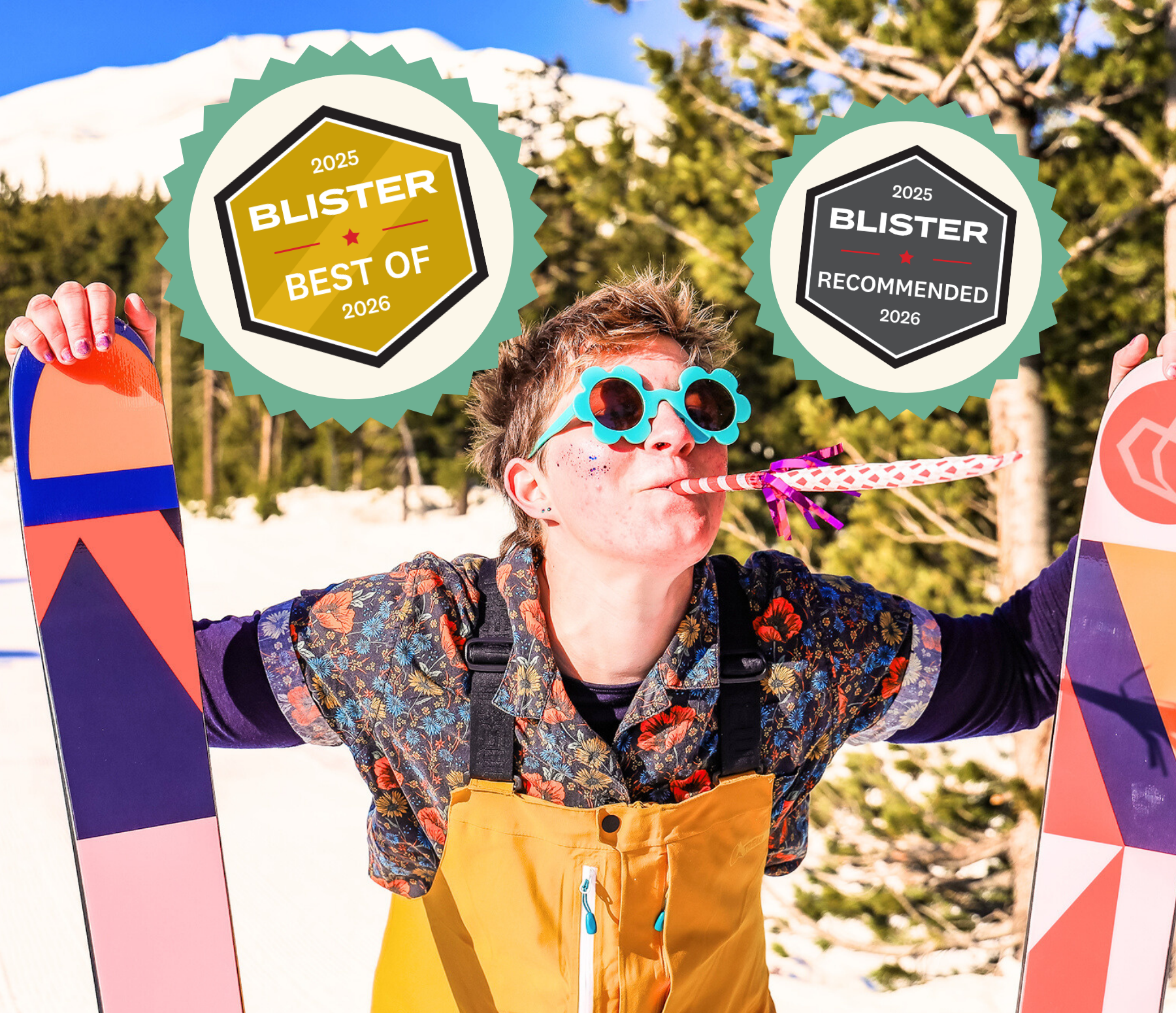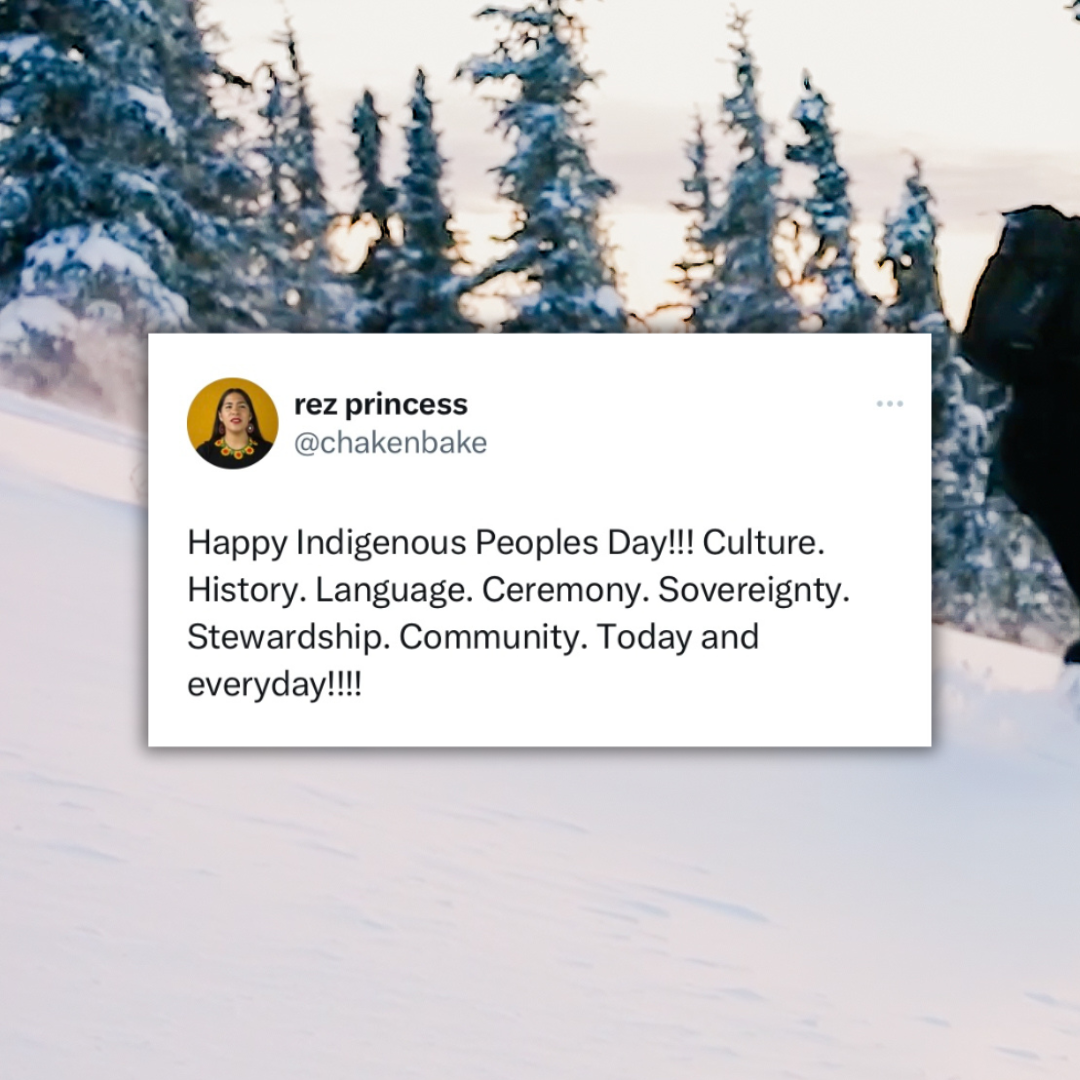By Nat Knowles
Nat is a wilderness conservationist, outdoor athlete, and climate scientist who is fueled by a love of the mountains to help solve environment & climate challenges by aligning interests in profitability & sustainability. Get to know her here.
During a record winter, full of freezing temps, snow days, and pow, across the Northern Hemisphere, climate change probably wasn’t top of mind for most skiers. These good winters have a way of distracting us from the realities of climate change and allowing hope that nothing is wrong to creep in.
As a skier, I also spent the past winter relishing in the joy of endless face shots and being able to arc turns all the way into July. With summer in full swing, I’m praying to the snow gods for a repeat next year. As a climate scientist though, I’m a little more pragmatic. Rather than hoping and praying I focus on ways the ski industry can respond to warmer winters by both preparing to face the inevitable changes and reducing the changes by addressing the industries environmental impacts.
The global average temperature has risen one degree since the industrial revolution. The United Nation’s Intergovernmental Panel on Climate Change recommends keeping global average temperature rise below 1.5 degrees Celsius rather than 2 degrees to lessen the risks and impacts of climate change across the globe.
One degree doesn’t seem like a lot, and half a degree seems like even less, but there are two things skiers should consider:
1. This is an average and the world isn’t warming evenly. The places that are warming faster are places at higher elevations (mountains) and higher latitudes (near the poles)…essentially the places we like to ski and snowboard.
2. Half a degree can be the difference between an epic day of dry champagne powder and wet heavy snow or even rain.
So what does this mean for skiing? Climate models predict ski areas in North America will on average see shorter season lengths with later start dates and earlier closures, greater chance of mid season warming events, less natural snow, and higher reliance on snowmaking. The most vulnerable ski areas may even close as a result. BUT a future with low emissions will be substantially better for skiing than a future with high emissions.
The key takeaway is this: skiing has to adapt to warmer winters, and skiing also has to lower emissions to mitigate excess warming. The goal is to implement strategies that do both at the same time. This helps ski areas transition to a state of sustainability, where ski resorts can continue to be important aspects of rural mountain economies and community development in both the short and long-term.
Despite the shift towards sustainability beginning to grow across the ski industry, ski area managers have been slow to acknowledge and respond appropriately to climate change. Instead short term profits generally take the upper hand to long-term sustainability planning. Ski areas, like most tourism businesses are image sensitive. They rely on consumers having a positive experience and sharing that experience, and as such they respond to what skiers want. By demanding sustainability as part of the skiing experience, we as skiers can help push ski resorts to take on proactive sustainability strategies that help the industry both adapt to and reduce the impacts of climate change.
Can’t imagine life without skiing? Let the threat of warm winters, of rainy January days and grass skiing, be enough to spur action to educate yourself and change your own behaviour, ask others to change theirs and demand ski resorts commit to a future where skiing is possible. At this point we still have the opportunity to choose the amount of warming we want, and if we don’t act we risk aspects of life on ear that may even more be essential than skiing. 1.5 or 2 degrees of warming can cause extreme heat, sea level rise, species extinctions, glacial retreat, coral bleaching, forest fires, and extreme weather that threaten agriculture, clean water sources, disease and health, infrastructure damage. 4, 6, 8 degrees will change the world as we know it. We have the technology and the know-how, we just need to unify, engage in climate action and implement positive change.
Climate Basics:
Over the past 800,000 years carbon dioxide levels and surface temperatures have had a natural variability yet remained at patterned and reliable levels due to the greenhouse effect. The Greenhouse effect is certain gases including carbon dioxide, water vapour, methane, among others allow sunlight to pass through and warm up the planet, but stops heat from escaping back out to space. Since the industrial revolution, when humans started large-scale burning of fossil fuels, atmospheric carbon dioxide levels have increased exponentially. This has thrown the greenhouse effect out of balance and now our atmosphere traps too much heat. As a result the average global temperature has increased one degree Celsius since 1880 and will continue to rise until we stop or reverse our carbon emissions.
Climate Myths:
“We experienced a polar vortex this winter with record breaking cold temperatures, so climate change isn’t happening” – Jet streams circle the north and south poles holding in the cold arctic air. As global temperatures rise the jet streams weaken and become wavier which allows the arctic air to travel further away from the poles.
“Where I’m from, we’re expecting to receive more snow rather than less snow because of climate change” – This could be true in some regions but will only last for the short term. Global temperature rise is putting more water vapour in the atmosphere which means increases in precipitation. For now this may fall as snow, but as global temperatures rise precipitation will reach the threshold where it falls as rain instead of snow. Rain-on-snow events lead to “rotten” snow while thaw-freeze events lead to rock-solid ice.
To learn more on Nat’s research check out: natlbknowles.com or read: https://doi.org/10.1080/09669582.2019.1585440




